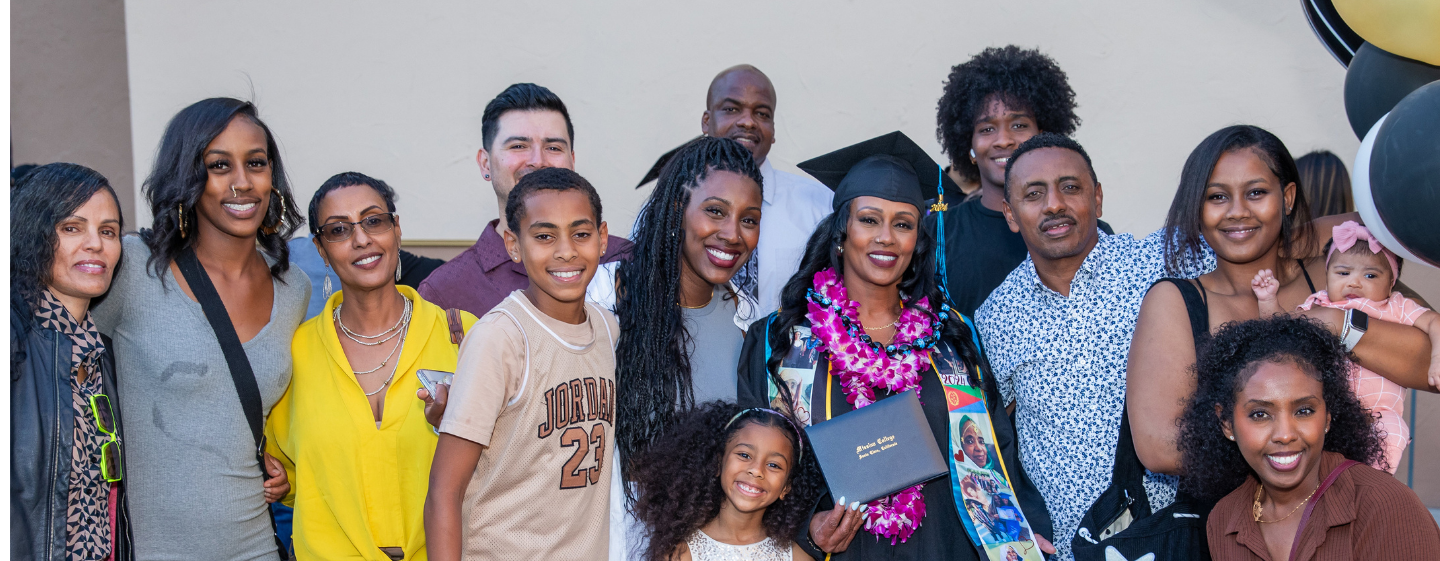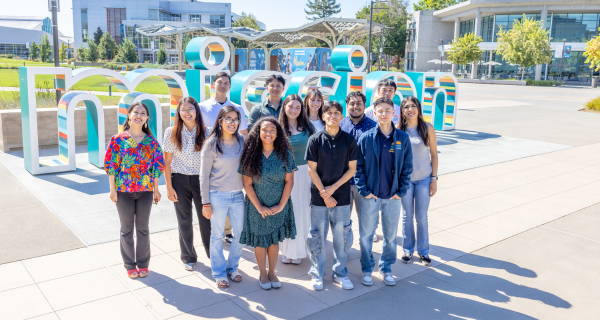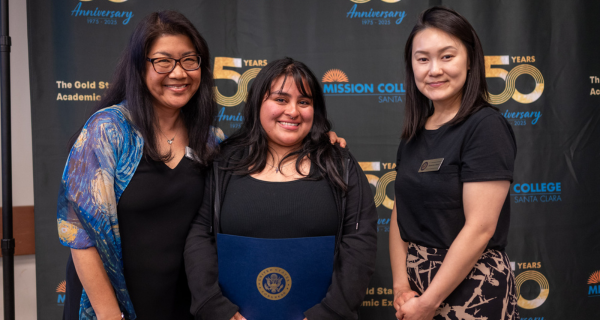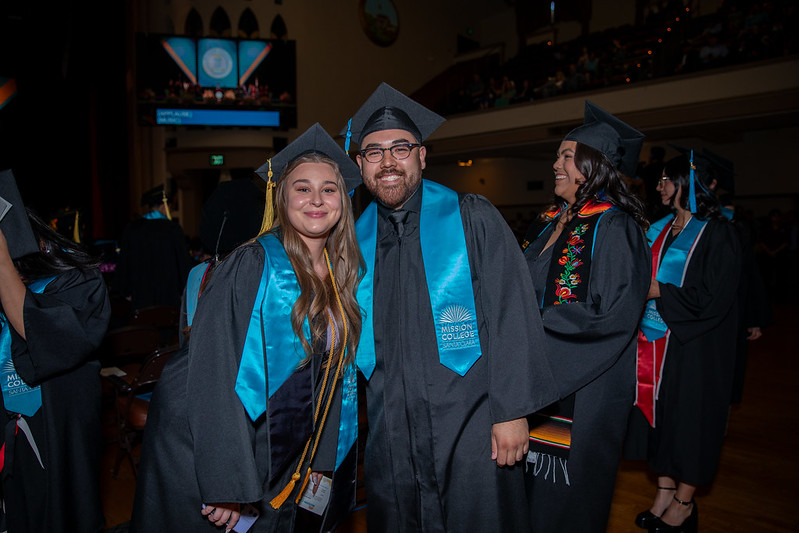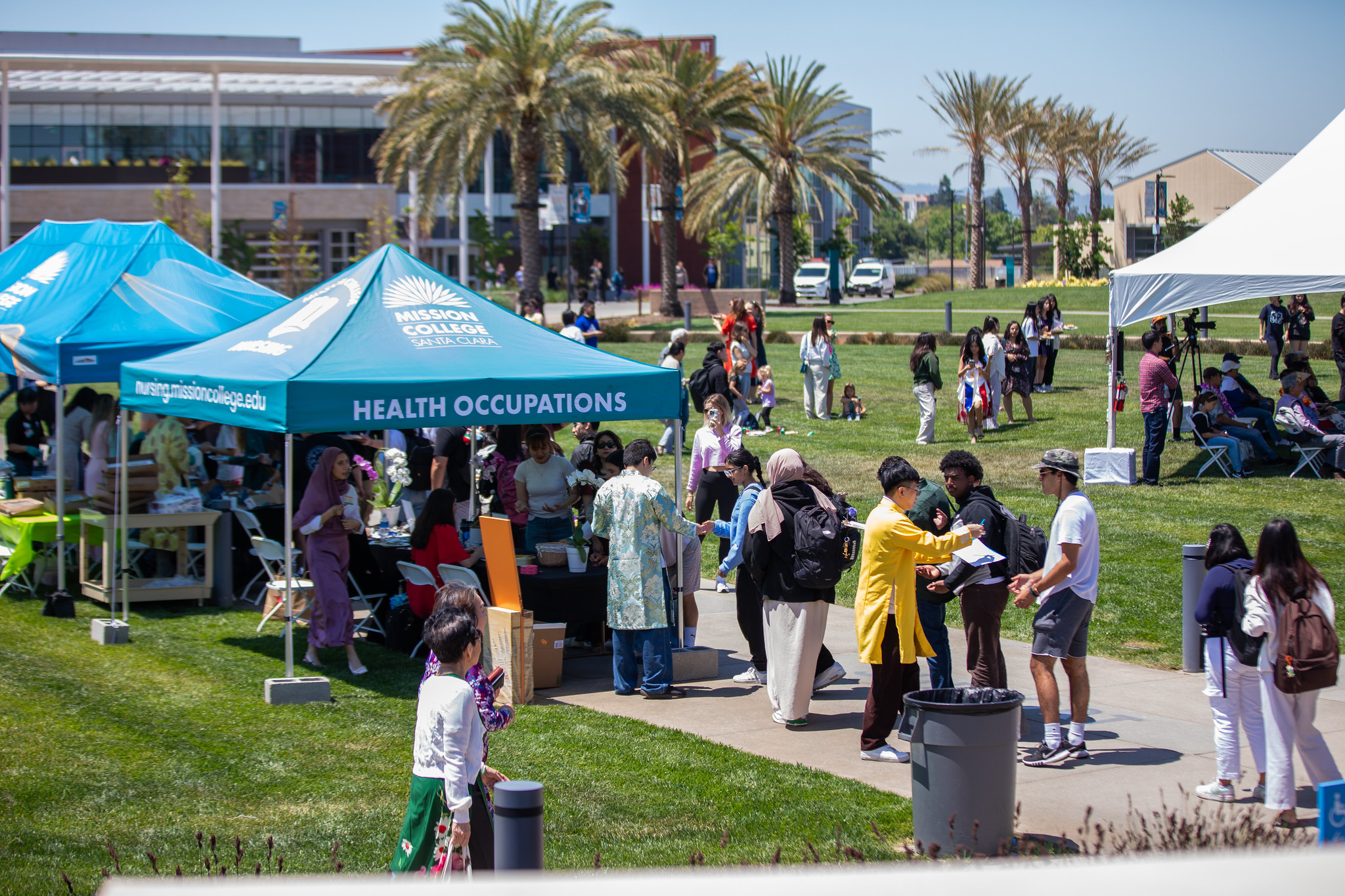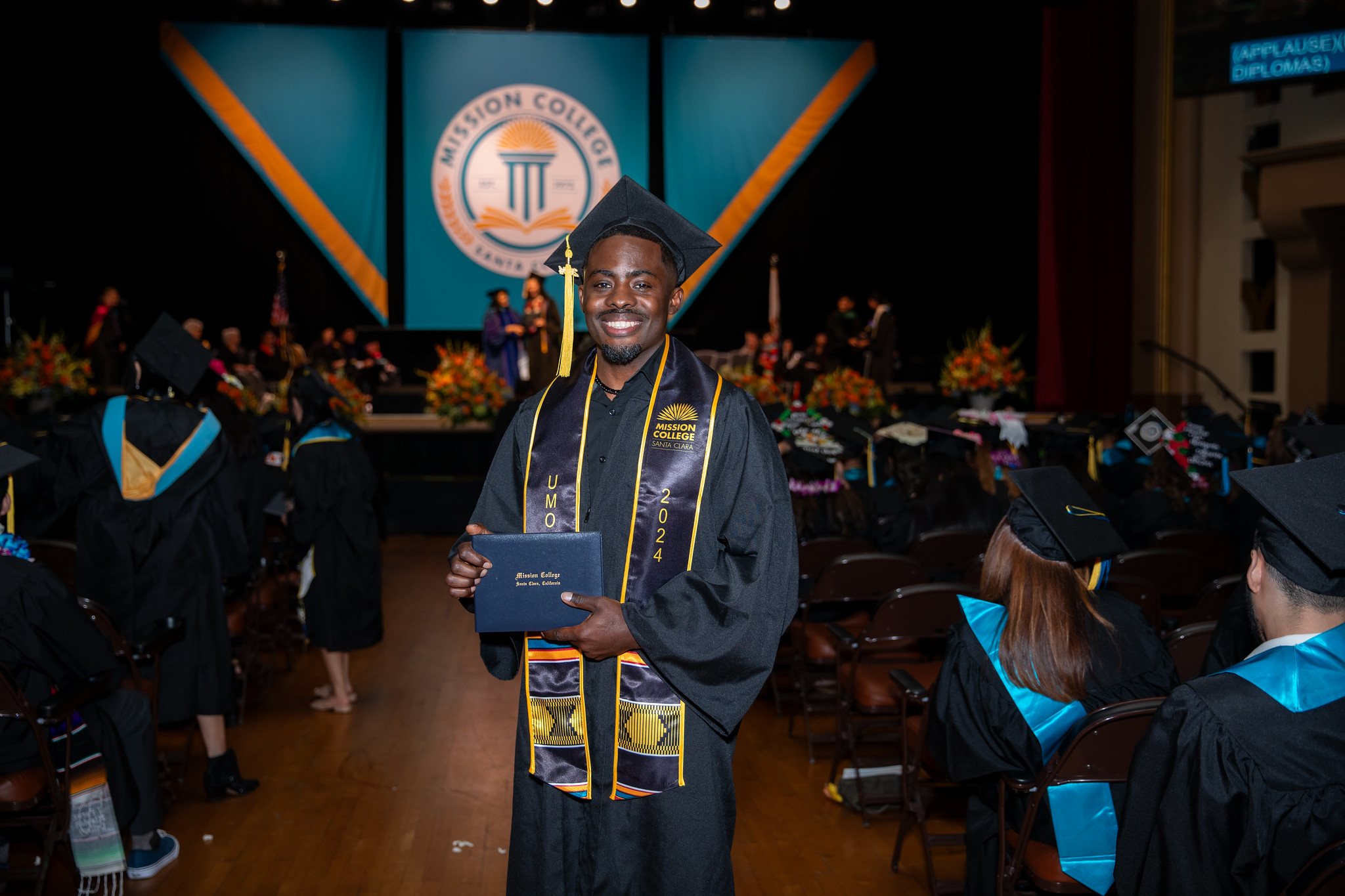On behalf of the Outreach and recruitment Team, we’re excited to welcome you to the
Mission College community! Whether you’re a future student exploring your options
or a parent supporting your student’s journey, we’re here to help every step of the
way.
Mission College is a place where students grow, explore their passions, and build
a strong foundation for the future. We offer a wide range of programs, support services,
and opportunities to help you succeed both in and out of the classroom. If you have
questions about getting started, enrolling in classes, or learning more about what
we offer, don’t hesitate to reach out. We look forward to connecting with you soon.
Welcome to Mission!

